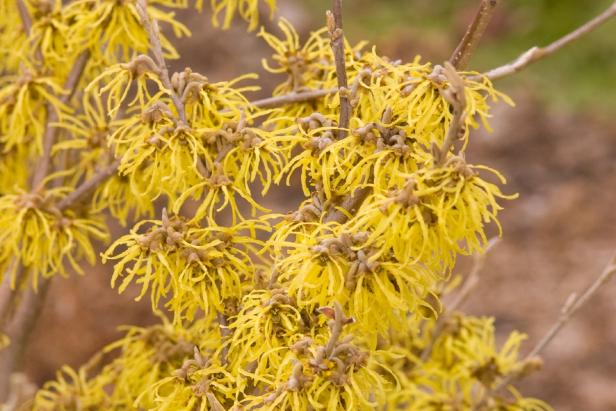How To Grow And Care For A Jerusalem Sage Plant
Have you ever heard of Phlomis fruticosa, also known as Jerusalem Sage? This beautiful plant is native to the Mediterranean region and has become a popular choice for gardens all over the world. In this post, we'll dive deep into the many attributes, care tips, and potential problems associated with this lovely sage plant.

Plant Attributes
First, let's take a look at some of the unique attributes of Phlomis fruticosa. This plant is a shrub that can grow up to 5 feet tall, with a spread of 4 to 6 feet. It has beautiful, silver-green foliage and produces small clusters of yellow flowers that bloom from late spring to midsummer.
One interesting characteristic of Jerusalem Sage is its ability to thrive in a variety of soil types, from sandy to clay-like. It also prefers full sun, but can tolerate a little bit of shade. It's a fairly hardy plant, with the ability to withstand hot, dry weather as well as mild frost.
Plant Care
Now that we've covered the basics of Phlomis fruticosa, let's talk about how to care for this beautiful plant. As previously mentioned, it prefers full sun and well-draining soil. If you're planting it in a container, make sure it has sufficient drainage holes to prevent the roots from getting waterlogged.
Jerusalem Sage doesn't require a lot of water, so be sure to let the soil dry out completely between waterings. Fertilizing once a year in the spring with a balanced, all-purpose fertilizer can help keep the plant healthy and encourage blooming.
Pruning
To keep your Jerusalem Sage looking its best, it's important to prune it regularly. Prune back any dead or damaged growth, and cut back the plant by about one-third in the late winter or early spring to encourage new growth and maintain its shape.
Propagation
If you're interested in propagating your Phlomis fruticosa, there are a few different methods you can try. One simple way is to take stem cuttings in the late spring or early summer, and rooting them in soil or a container of water. Another method is to divide the plant's roots in the early spring or late fall.
Potting & Repotting
If you're growing your Jerusalem Sage in a container, it's important to choose a pot with good drainage and plenty of room for the plant to grow. Repot the plant every few years, or when it becomes root-bound and starts to outgrow its container. You can do this in the early spring, before the plant starts to actively grow.
Common Pests & Plant Disease
While Phlomis fruticosa is generally a hardy and healthy plant, it can be susceptible to a few pests and diseases. Aphids and spider mites are two common pests that can attack the plant, as well as powdery mildew and root rot. Keeping the plant clean and well-maintained can help prevent these problems from occurring in the first place.
Common Problems
One common problem with Jerusalem Sage is that it can become too woody and leggy if left unchecked. This can detract from the plant's overall appearance and even reduce its ability to produce blooms. Make sure to prune the plant regularly to avoid this problem.
Another issue to watch out for is overcrowding. When Phlomis fruticosa is planted too close together, it can become stressed and more susceptible to disease and pests. Be sure to give each plant plenty of room to grow and flourish.
Overall, Phlomis fruticosa is a stunning plant that is both easy to care for and versatile. With a little bit of attention and maintenance, you can enjoy this beautiful plant for years to come.




Post a Comment for "How To Grow And Care For A Jerusalem Sage Plant"